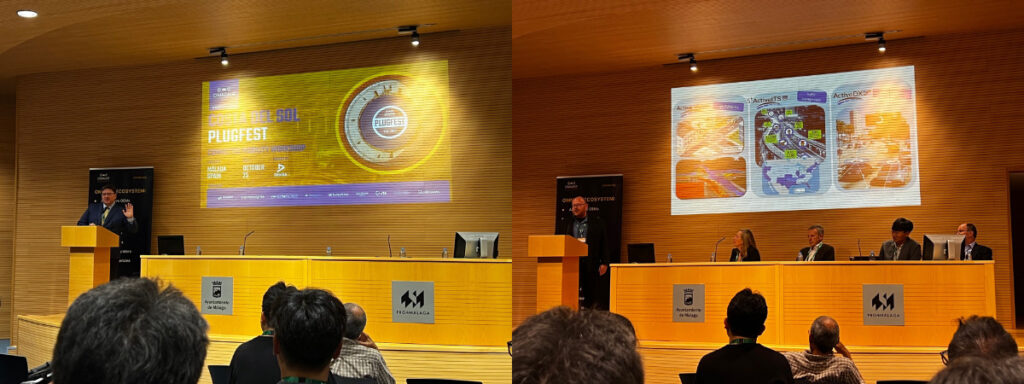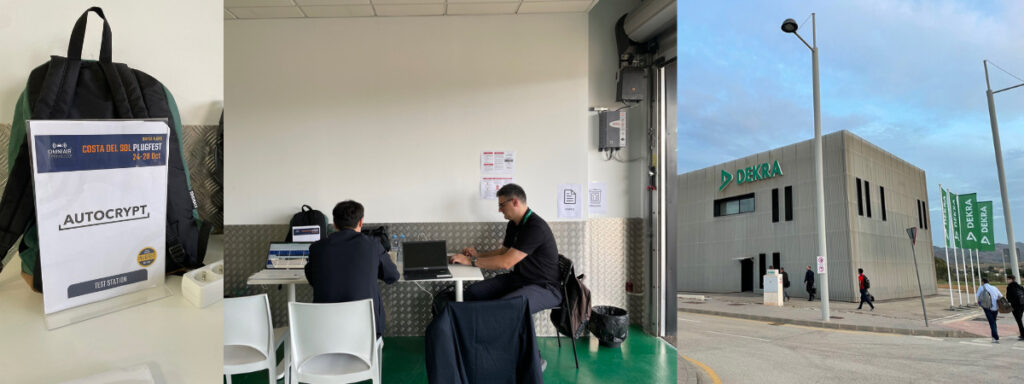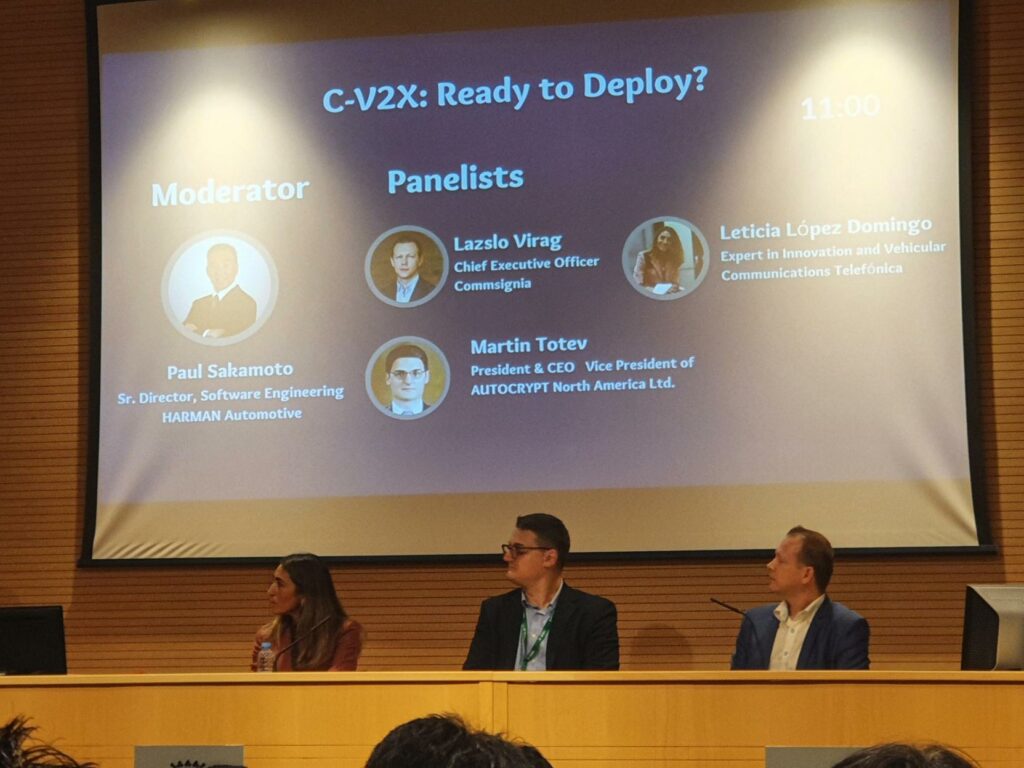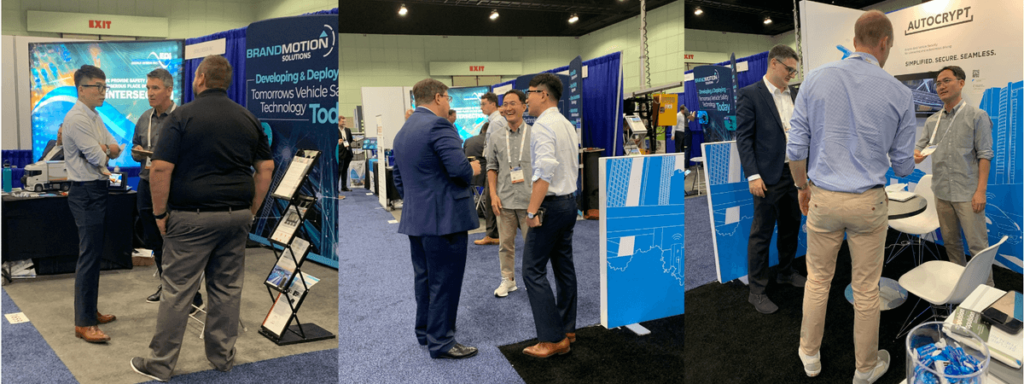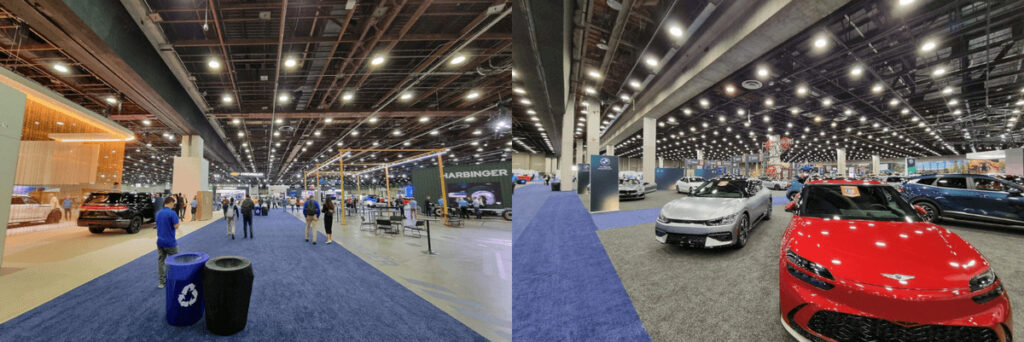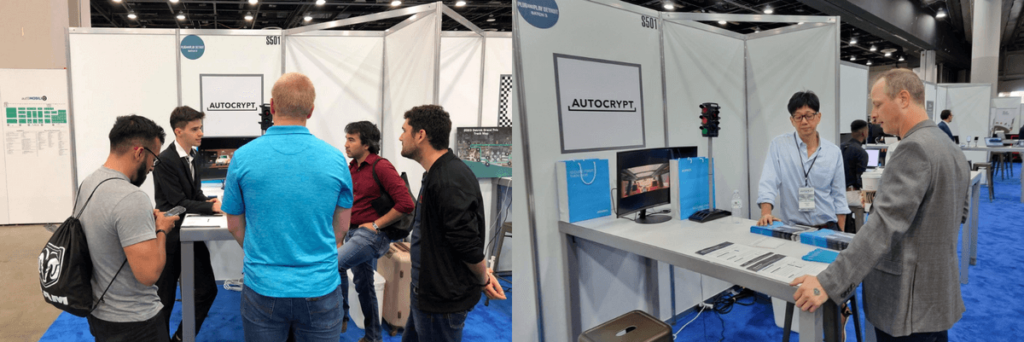As more and more software components and connected technologies make their way into vehicles, cybersecurity has rapidly become a crucial aspect of vehicle design, manufacturing, and maintenance. However, in the century-old automotive industry, cybersecurity can be an unfamiliar field of expertise. Many automotive OEMs have found it challenging to implement security by design and integrate vehicle cybersecurity into functional safety.
To promote standardized practices in vehicle cybersecurity, the National Highway Traffic Safety Administration (NHTSA) – the United States’ federal agency dedicated to transport safety – drafted a guideline in 2016 on Cybersecurity Best Practices for the Safety of Modern Vehicles. The guideline helps automotive OEMs and suppliers establish a set of procedures to minimize cybersecurity risks and effectively manage threats throughout the vehicle lifecycle.
NHTSA’s guideline is centered around the voluntary standard of ISO/SAE 21434: “Road Vehicles – Cybersecurity Engineering”, a vehicle cybersecurity standard co-published by the International Organization for Standardization (ISO) and the Society of Automotive Engineers (SAE). Although compliance with the standard isn’t enforced by law like the United Nation’s R155 and R156 set out by UNECE WP.29, most automotive OEMs across the globe refer to ISO/SAE 21434 as a guide to establishing a secure procedure for vehicle manufacturing and post-production management.
In September 2022, NHTSA published the finalized version of the Cybersecurity Best Practices guideline, five years after the initial draft was released in 2016. The updated guideline contains more detailed descriptions of implementing appropriate cybersecurity procedures with respect to an OEM’s corporate process, as well as modifications based on the feedback and comments provided by industry experts.
Most importantly, the finalized Cybersecurity Best Practices contains updates to reflect the finalized version of ISO/SAE 21434, which was still under development when the 2016 draft was released.
A Summary of Key Practices Outlined by NHTSA
NHTSA’s Cybersecurity Best Practices contains a comprehensive corporate guide from as broad as leadership priorities and employee education to as specific as technical manuals on cryptographic techniques and credentials. In this blog, we extract some of the key practices relating to the establishment of vehicle cybersecurity by design, along with some of AUTOCRYPT’s tips that can help save corporate resources during the implementation process.
The Importance of Security by Design
Speaking of cybersecurity, most people tend to think about cybersecurity systems and tools like firewalls and threat detection software. However, the scope of cybersecurity in the IoT age stretches beyond these traditional definitions. For the automotive industry in particular, cybersecurity isn’t simply about threat detection and response, but covers an end-to-end process that begins from a vehicle’s development stage all the way to its everyday usage in the consumer’s hand. Therefore, a vehicle must be designed and developed with security in mind, and an OEM must continuously monitor and manage threats throughout the entire lifecycle of the vehicle.
Below is a summary of NHTSA’s suggested practices for achieving cybersecurity by design.
1. Risk Assessment and Removal
To incorporate vehicle cybersecurity by design, risk assessment must be performed at an early stage of a vehicle’s development process. This is done by evaluating a vehicle’s potential entry points from a threat actor’s perspective, predicting their motives and intrusion methods, then listing out the risks the vehicle faces. Of course, it can be difficult to pinpoint all prospective risks at an early stage. Hence this assessment should primarily focus on identifying risks that could potentially threaten the safety of passengers and other road users.
Our Tip: Cybersecurity risk assessment should be conducted by a team of security experts that specialize in automotive systems and architecture. To fill this gap, AUTOCRYPT provides Threat Assessment and Remediation Analysis (TARA) to automotive OEMs, generating an accurate assessment of the potential risks of a vehicle model. A professionally conducted TARA enables an OEM to make early adjustments to its system design and architecture to remove safety-critical risks, creating a solid foundation to build upon.
2. Security Testing and Vulnerability Identification
At the next stage, NHTSA recommends a full evaluation of both commercial off-the-shelf (COTS) and open-source software components used in embedded vehicle systems such as ECUs. This allows the OEM to identify all known vulnerabilities in their software. After known vulnerabilities are removed and patched, fuzzing and penetration testing should be conducted to further eliminate any zero-day vulnerabilities and software development flaws. To enable security by design, automotive OEMs need to ensure that their vehicles are vulnerability-free before moving into mass production.
Our Tip: AUTOCRYPT offers a range of advanced cybersecurity testing tools and solutions for manufacturers to identify flaws and vulnerabilities within their systems. Starting from AutoCrypt® Security Analyzer, which utilizes an SBOM (Software Bill of Materials) approach to scan the source code and break down the components of open-source software by different units of analysis, enabling accurate patching with minimal modifications required. This is followed by AutoCrypt® Security Fuzzer, which feeds the tested system with randomly generated, invalid, and unexpected inputs in an attempt to trigger errors and expose its vulnerabilities. Lastly, AUTOCRYPT’s security validation experts conduct penetration testing on the targeted program to eliminate any remaining flaws and vulnerabilities.
3. Monitoring, Containment, Remediation
After all the preventative measures are implemented, an OEM needs to integrate a set of security monitoring and management systems into the vehicle architecture. The NHTSA emphasizes that automotive OEMs must maintain their capability to monitor, contain, and respond to any attacks against their vehicle fleet after they are sold to consumers, with rapid incident detection and remediation capabilities being of paramount importance. This means that when a cyberattack occurs, the OEM must be able to detect it in real-time and prevent it from causing any safety-related impacts to its vehicle fleet.
Our Tip: An effective intrusion detection and prevention system (IDPS) should be equipped on every vehicle to defend it from all types of intrusions and internal threats. AutoCrypt® IVS is an advanced firewall for in-vehicle systems, capable of detecting any signs of intrusion and contain them from spreading inside the vehicle. To make things more visible for the OEM, all this fleet information can be visually monitored and managed on AUTOCRYPT’s Vehicle Security Operations Center (vSOC).
The Growing Importance of Vehicle Cybersecurity
Legally speaking, even though NHTSA’s Cybersecurity Best Practices and the ISO/SAE 21434 standard are not enforced as of today, they are extremely helpful to OEMs that want to succeed in the market of software-defined vehicles. Putting legalities aside, since many embedded systems inside a vehicle are directly related to its physical functionality, vehicle cybersecurity and functional safety are no longer separable, with cybersecurity becoming a crucial evaluation criterion for quality. Therefore, whether it is for regulatory compliance or quality assurance, OEMs and software providers must work together with cybersecurity providers to implement security by design and pave a safe future for every road user.
To learn more about AUTOCRYPT’s in-vehicle systems (IVS) security solutions and offerings, contact global@autocrypt.io.
To stay informed and updated on the latest news about AUTOCRYPT and mobility tech, subscribe to AUTOCRYPT’s quarterly newsletter.
